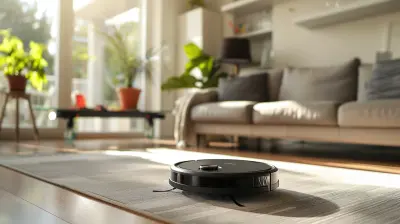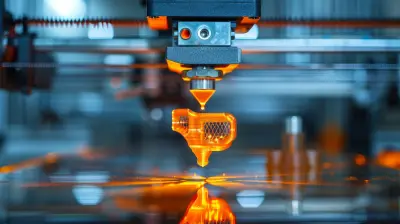What to Expect from the Next Generation of Wearables
13 July 2025
Let’s face it — the world of wearables is evolving faster than ever. Just when you thought your smartwatch was cutting-edge, something new pops up promising to track more, last longer, and do it all while looking sleeker. From fitness tracking to full-on health monitoring and crazy-cool AR glasses, the next generation of wearables is set to blow our minds.
But what exactly should we expect? How far will this tech go? Will these new wearables be more than just glorified pedometers? Stick around — we’re diving into everything you need to know about what’s coming next in the wearable tech space.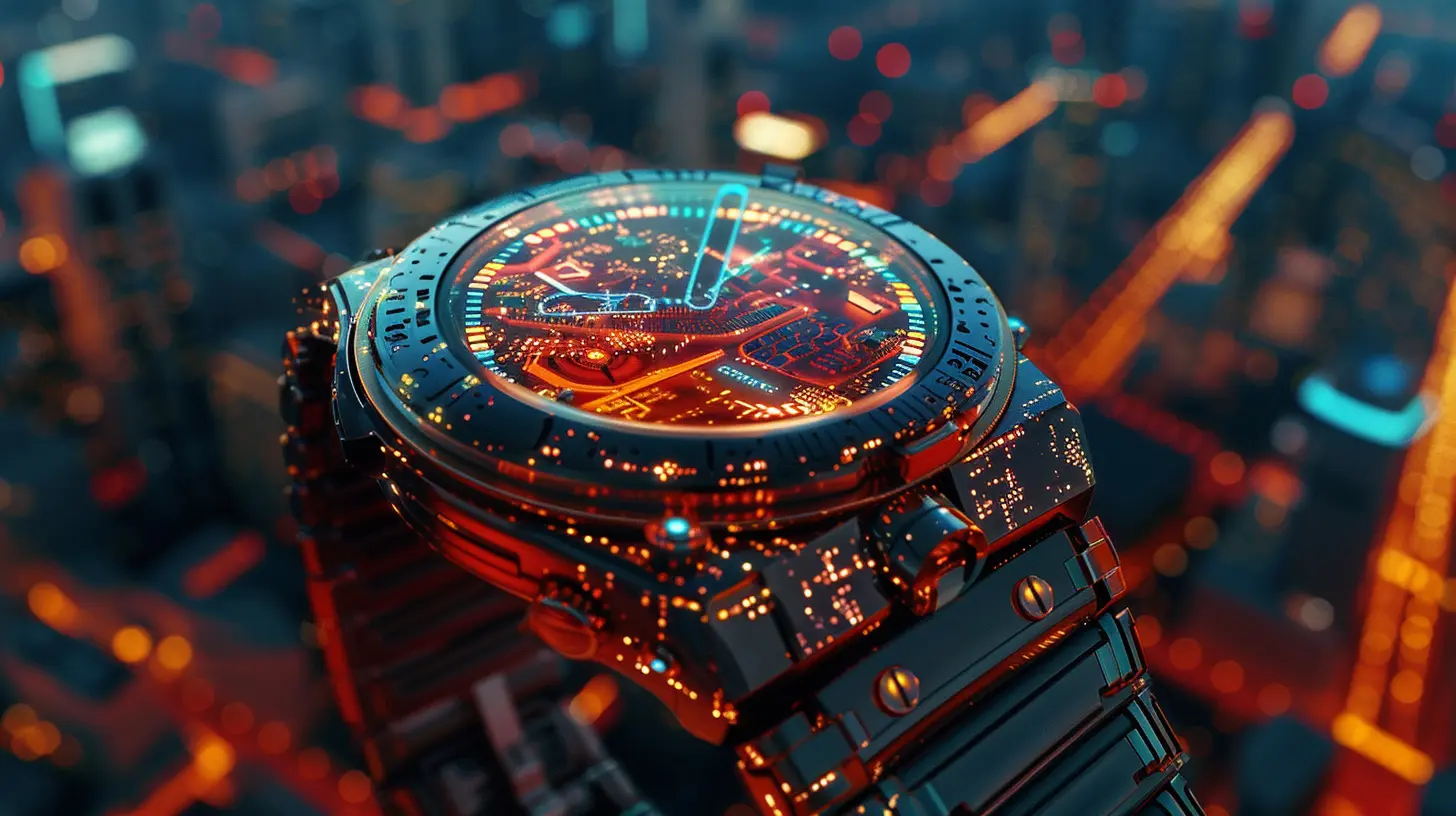
A Quick Look Back: Where We Started
Before we zoom into the future, it's worth glancing in the rearview mirror.The earliest wearables were pretty basic. Think Fitbit trackers that counted steps and maybe your heart rate. Then we got smartwatches that buzzed when we got a text. Eventually, wearables became more health-conscious, giving us features like ECGs, blood oxygen sensors, and sleep tracking.
So, what's next? We're talking about devices that can not only monitor your health but potentially prevent issues before they arise. And that’s just scratching the surface.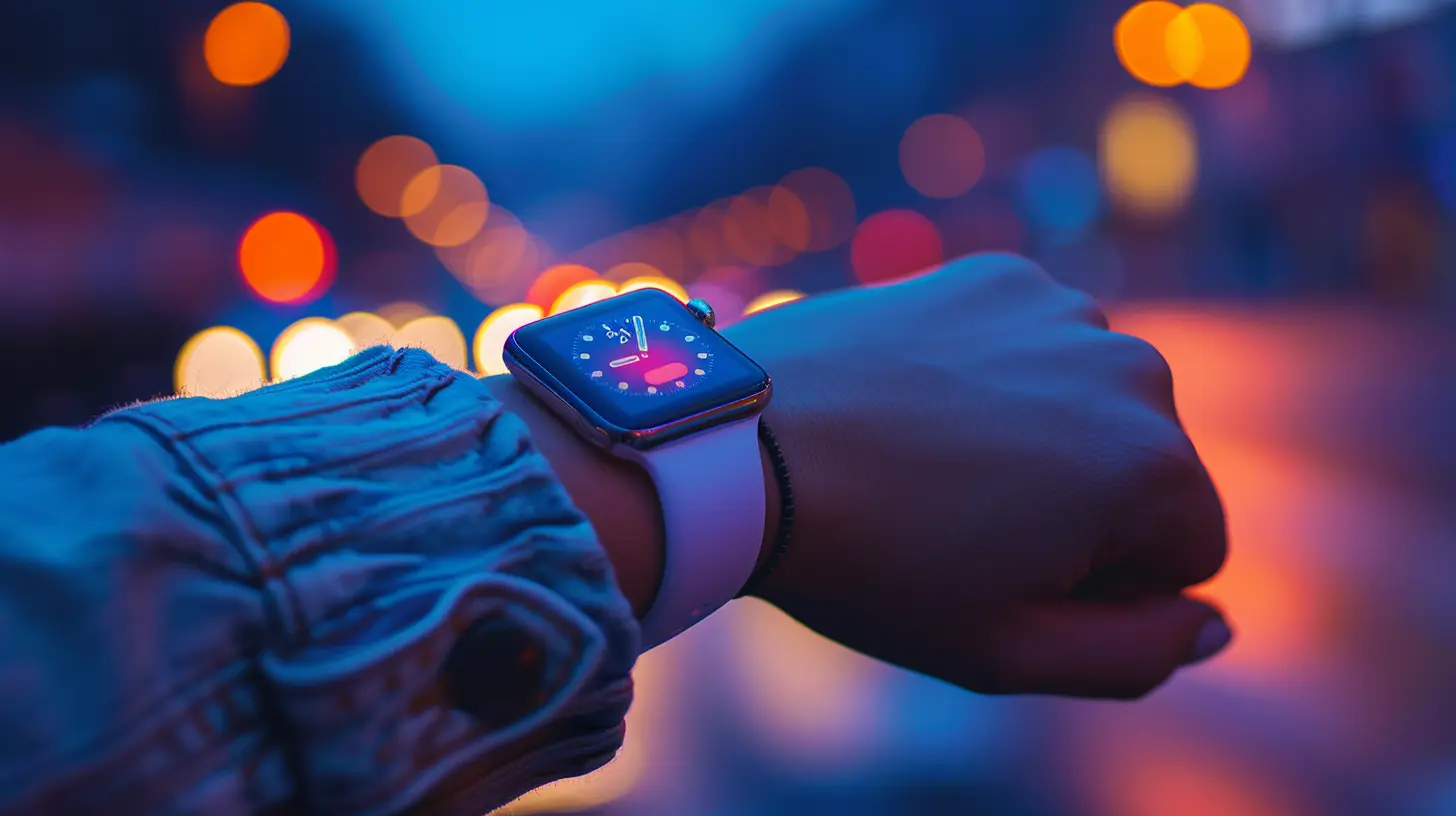
Smarter, Not Just Smaller
The future of wearables is all about intelligence. Not artificial intelligence in the sci-fi "take over the world" sense, but AI that gets to know you — your habits, behaviors, and health patterns — and adapts accordingly.Personalized Health Coaches on Your Wrist
Imagine a wearable that doesn’t just say, “You got 6 hours of sleep,” but adds, “You didn’t hit deep sleep long enough — try meditating tonight and avoid caffeine after 3 PM.”We’re talking about proactive recommendations based on your data, not just a user manual in disguise. These devices will sync with your lifestyle, offering personalized nudges and real-time coaching.
Think of it like a fitness coach, sleep specialist, nutritionist, and mental wellness expert — all in one tiny gadget.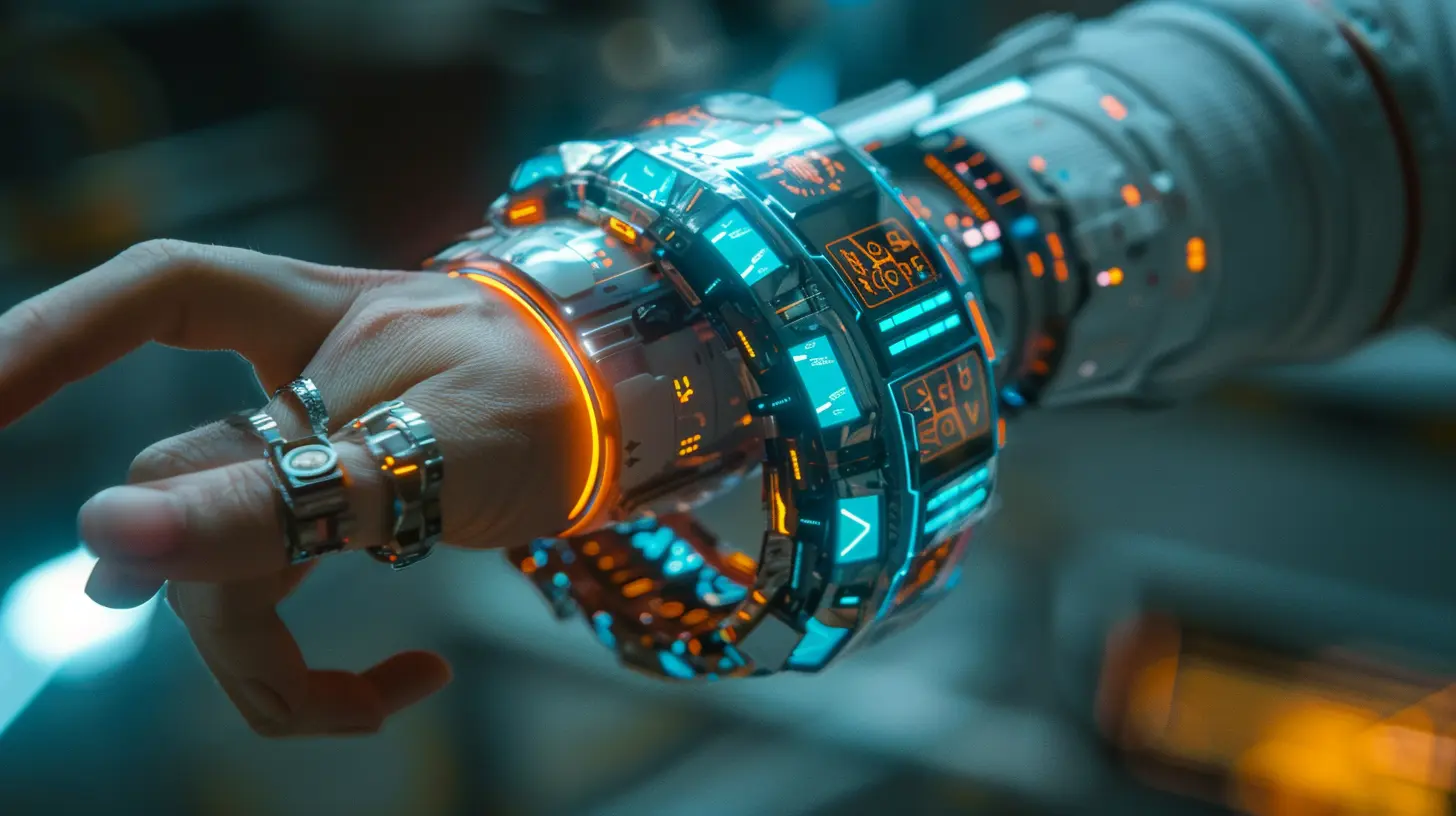
Biohacking Goes Mainstream
Yeah, “biohacking” might sound like something out of a superhero movie, but it’s slowly becoming a wearable reality.Real-Time Blood Sugar Monitoring (Without Needles!)
One of the most hyped next-gen features is non-invasive glucose tracking. For diabetics, that’s a game-changer. But even for fitness freaks and wellness enthusiasts, knowing your blood sugar trends could help optimize workouts, meals, and even moods.Hormone Tracking and Fertility Prediction
Future wearables may also offer hormone level tracking — helping with everything from stress management to fertility planning. Ladies, imagine getting a heads-up when your cortisol is spiking or knowing the exact dates for peak fertility, without peeing on a stick.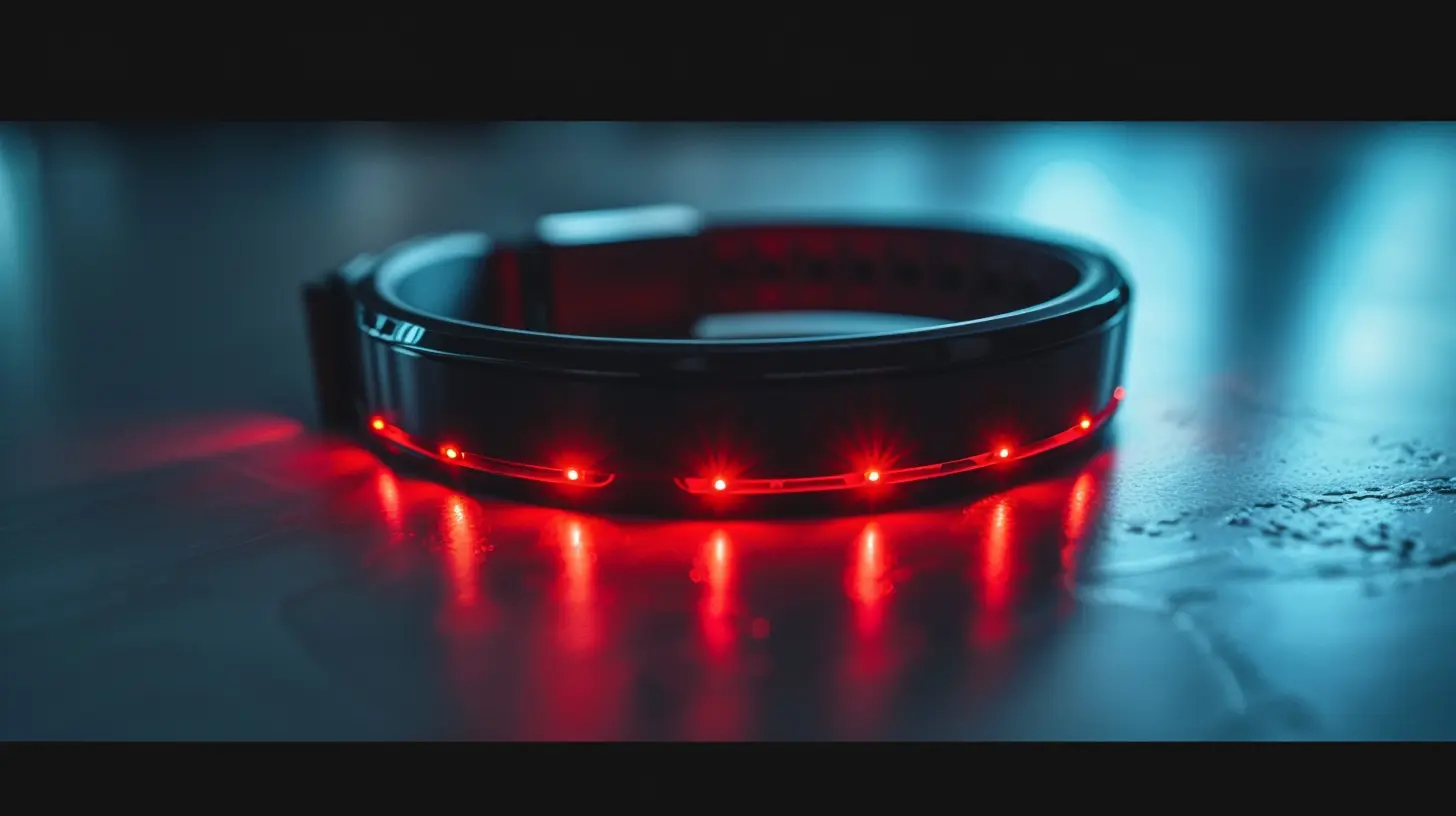
Wearables for Mental Health? Absolutely.
This might be the most exciting and underrated evolution in wearables.Mood Detection
Imagine your smartwatch picking up on early signs of anxiety or depression based on your heart rate variability, skin temperature, sleep patterns, and even your tone of voice during calls.It could say, “Hey, you’ve been unusually restless at night and your stress markers are up — maybe take a break?” That’s not just helpful. That’s potentially life-changing.
Guided Mood Management
Some wearables already offer breath work and meditation prompts, but the next-gen will go deeper — with AI-guided mindfulness, mood journaling, and even discreet vibration patterns to help calm you during a panic attack. You won’t just be tracking feelings; you’ll be managing them.Next-Level Displays and Interfaces
As wearables get smarter, they also need to get more intuitive.AR Glasses That Actually Look Cool
Gone are the days of clunky goggles. The next wave of AR glasses will look like, well, normal glasses — but they’ll overlay information like directions, text messages, or your calendar right in front of your eyes.Think Tony Stark, but subtle.
Gesture Controls
Some upcoming devices will let you flick your finger or twist your wrist to scroll, click, type, or even draw mid-air sketches. No more tiny touchscreens or swiping with sweaty fingers during workouts.Sensors, Everywhere!
Next-gen wearables will be loaded with sensors — and we’re not just talking about watches.Smart Rings
These are already in play, but future versions will be able to track your vitals just as accurately as smartwatches — without the bulk. Perfect for overnight tracking or people who prefer minimalism.Smart Clothing and Skin Patches
Wearables are becoming wear-ables — literally. Shirts that track breathing, posture, and heart rate. Skin patches that monitor hydration, UV exposure, and even muscle fatigue.Yeah, it’s like sci-fi, but without the flying cars.
Longer Battery Life (Finally!)
Let’s be honest: nothing kills the vibe faster than a 5% battery warning right before a run or a meeting.Expect the next generation of wearables to use more efficient chips, solar charging, and even body heat to stay powered longer. Some devices are aiming for weeks of use on a single charge.
That's the kind of upgrade we’ve all been waiting for.
More Secure and Private
As wearables collect more sensitive data (heart rhythms, glucose levels, menstrual cycles — you name it), privacy becomes huge.Next-gen devices are likely to:
- Use on-device processing (data stays on your wrist)
- Encrypt everything by default
- Give you more control over what gets shared and with who
With regulations tightening around the globe, brands will need to step up their privacy game — or risk getting left behind.
Social Integration Without the Noise
Let’s be real, not everyone wants to get Instagram notifications on their watch. But imagine wearables that enhance your social life more meaningfully.Real-Time Language Translation
AR glasses that translate speech in real-time could break down language barriers in travel, business, and even dating. Wearables are about to become the new universal translators.Proximity-Based Networking
At a conference or event, your smart wearable could buzz when someone with similar interests is nearby — a digital icebreaker without the awkward intro.Cool? Creepy? Maybe a little of both — but it’s happening.
The Future Looks Modular
Ever wish you could just upgrade one part of your device instead of the whole thing?Modular wearables are on the rise — think smartwatches where you can swap out parts: a new sensor, a better battery, or a fresh strap with UV monitoring. It’s kind of like building your own wearable experience.
This not only extends functionality, but also reduces e-waste — a win-win.
The Role of Wearables in Healthcare
Here’s where things get deep.Wearables are already helping people monitor conditions like heart disease, sleep apnea, and diabetes. But the next-gen could go further — getting FDA-approved for diagnosing conditions, alerting your doctor in real time, and even administering medication.
Remote Patient Monitoring
Hospitals are increasingly using wearables to monitor discharged patients, reducing readmission rates. This tech will only get more streamlined and accurate — turning your wristwatch into a literal lifesaver.The Final Word: Wearables Are Growing Up
In short, expect wearables to become:- Smarter
- More accurate
- More useful in daily life
- Less intrusive
- More stylish (yes, fashion matters too!)
You won’t just be wearing tech — you’ll be living with it in a more seamless, integrated, and personalized way.
So, are you ready for wearables that actually do what you wish your current smartwatch did? Because the next generation... it's not just about steps. It's about real steps forward in how we live, work, and feel.
Frequently Asked Questions
Will next-gen wearables cost more?
Probably — at least initially. But as tech matures and manufacturing scales, prices tend to drop. Look at how affordable smart fitness trackers are now compared to five years ago.Are these devices safe to wear all the time?
Manufacturers are prioritizing safety and comfort more than ever. Skin-friendly materials, radiation testing, and long battery life (less charging = less contact with power sources) all contribute to safer wearables.Do I need to upgrade right away?
Not necessarily. But if your current tech doesn’t deliver on your needs — especially health-related — the next generation might be exactly what you’ve been waiting for.all images in this post were generated using AI tools
Category:
Tech NewsAuthor:

Ugo Coleman
Discussion
rate this article
2 comments
Elizabeth Meyers
Exciting innovations ahead—what will surprise us?
November 5, 2025 at 11:31 AM
Soryn McLoughlin
Next-gen wearables: finally, a smartwatch that won't judge my snack choices!
July 16, 2025 at 4:57 AM

Ugo Coleman
Glad you found it relatable! Next-gen wearables aim to support lifestyle choices without judgment, enhancing user experience.

